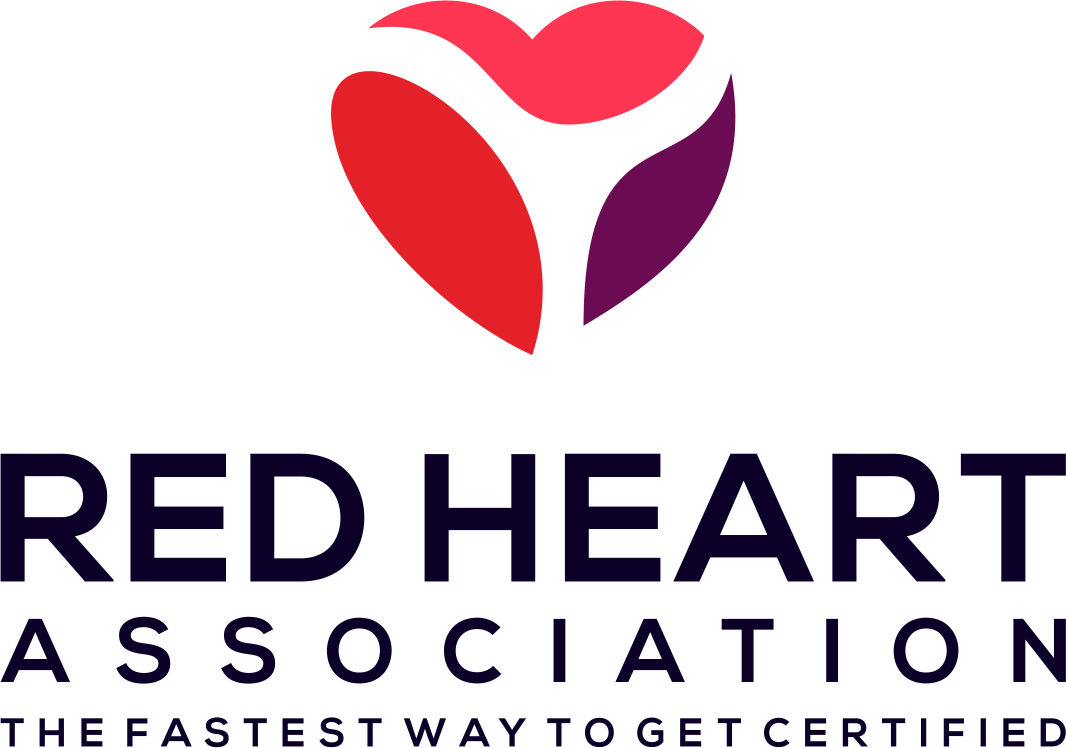Things to consider before performing CPR
The first step to helping is always to confirm the scene is safe.
Once you have confirmed the scene is safe, check the patient for responsiveness by shouting the patient’s name and tapping their shoulder for adults or the bottom of their foot for infants. Simultaneously, check for breathing and a pulse. This should take at least 5 seconds but no more than 10 seconds.
Activate the emergency response system by having someone nearby call 911 and retrieve the AED. If you are alone, call 911.
- The victim is 12 years old or more and is not responsive.
- You witnessed a child or infant collapse.
- The victim is a child or infant with known heart problems.
- The victim is choking.
- The victim is bleeding severely.
- The victim is feeling an allergic reaction and has an epinephrine auto injector.
- The victim’s collapse was not witnessed and they are 12 years old or less and unresponsive.
- Gain consent directly from the victim if they are an adult.
- Gain consent from the victim’s parent or guardian if they are a minor.
- “Implied consent” is when the victim is unable to respond, confused, or mentally impaired. In this case, consent is granted.

